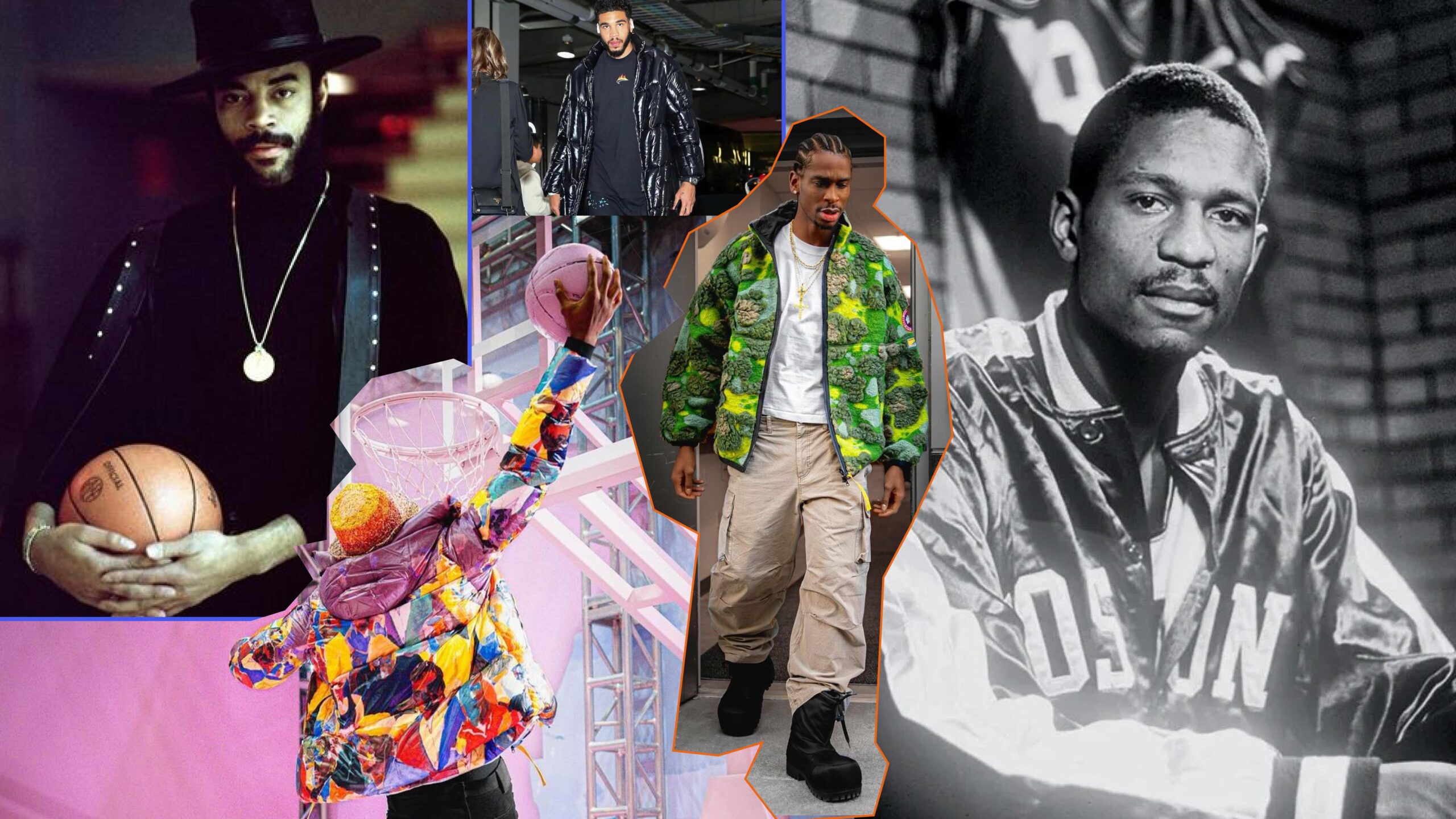NBA and fashion are now inextricably linked. Let’s look back at how the bond between these two has strengthened over the years.
The NBA has long been a stage where players feel free to express themselves through their style. While the rise of social media may make it seem like the league has become a runway for the world’s top basketball players just recently, fans only need to look back to realize that fashion and basketball have long been intertwined. Think about Dennis Rodman’s patterned hair colors, or the crazy long suit jackets that Shaq would wear just “to get attention.”
It was a long time ago that players realized that they could use their outfits to showcase who they were away from the arena lights. So let’s take a peek into the evolution of NBA fashion over the years from legendary figures such as Wilt Chamberlain to the Michael Jordan era and beyond.
The 1950s
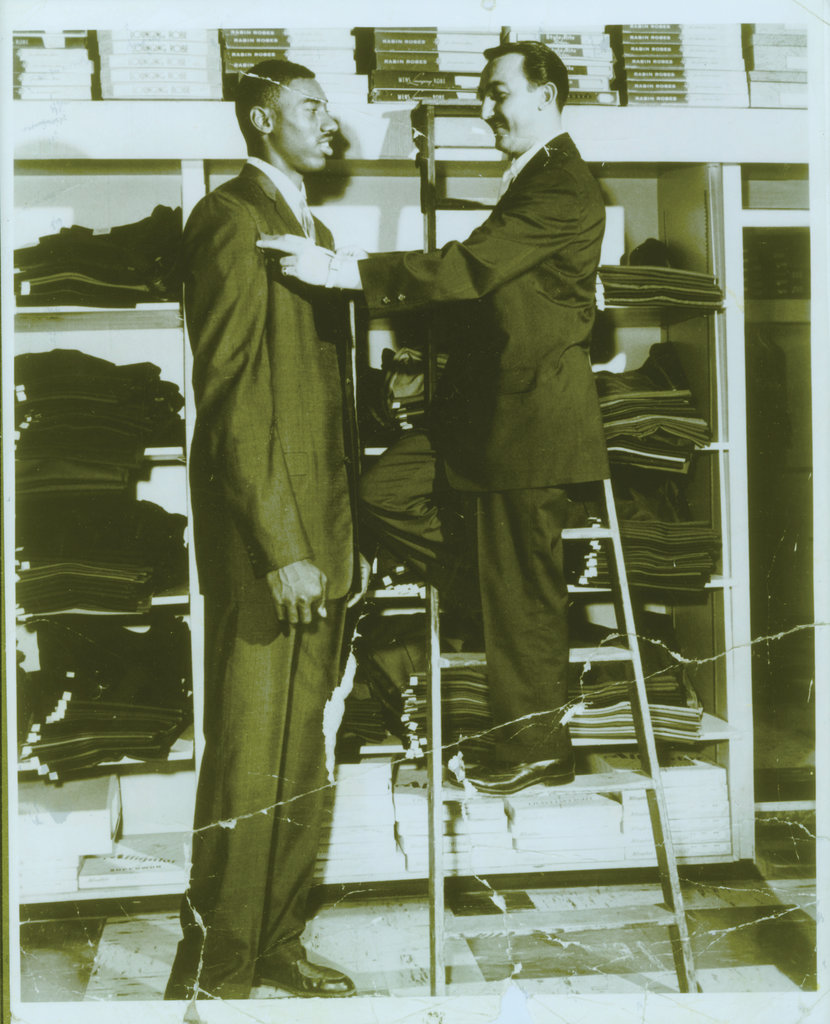
The 1950s to the 1960s wasn’t exactly a controversial period for NBA fashion, as for the most part, players would dress simply in tailored suits. Many photos of the most popular players of the time, including Wilt Chamberlain, Kareem Abdul-Jabbar, and Bill Russell, were frequently photographed off the court wearing tailored suits, blazers, and slacks.
It was a very preppy time in the NBA and though occasionally, the stars would play with the colors or fit of their outfits — some liked their suits baggy — this was the main NBA fashion trend of this period.
The 1970s
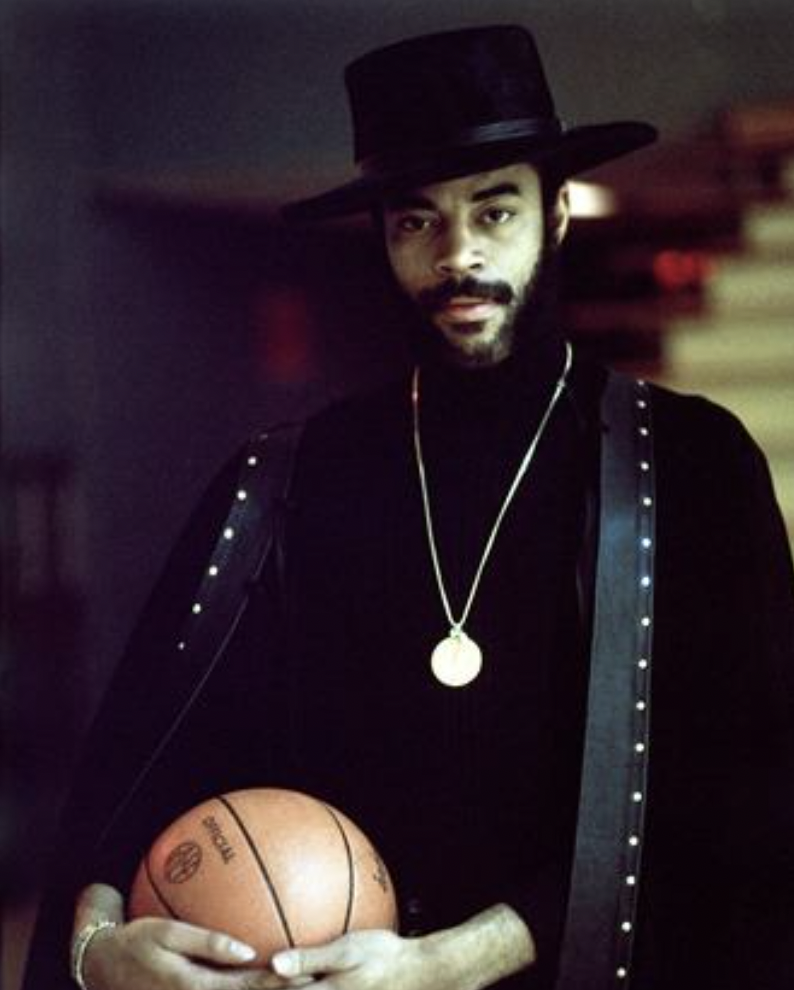
Towards the late 60s, NBA players started to establish their own sense of style away from the usual suit-and-tie looks, and so in the 1970s, the league’s fashion scene became a lot more vibrant. Wilt Chamberlain, for instance, transitioned to more playful looks that included tight-fit, unbuttoned or low-cut dress shirts, and bigger pieces of jewelry. Other players quickly followed suit.
Another NBA player who was well-known for his fashion during this time was Walt Frazier. The Hall-of-Famer went bigger with style at the time with his big fur coats, fedora hats, and flashy prints. On top of this, Frazier was a pioneer in terms of how he pushed the boundaries of basketball footwear. When he partnered with Puma in 1973, he became one of the first NBA players to be paid to wear the brand’s sneakers, and he was also invited to contribute to sneaker design as well — now known as the Puma Clyde, one of the first suede basketball shoes. Until now, Frazier is seen as one of the most fashionable NBA players of all time.
It was at this time that fashion and the NBA truly started to meld together, and from this point, the style statements only started to become more and more apparent.
The 1990s
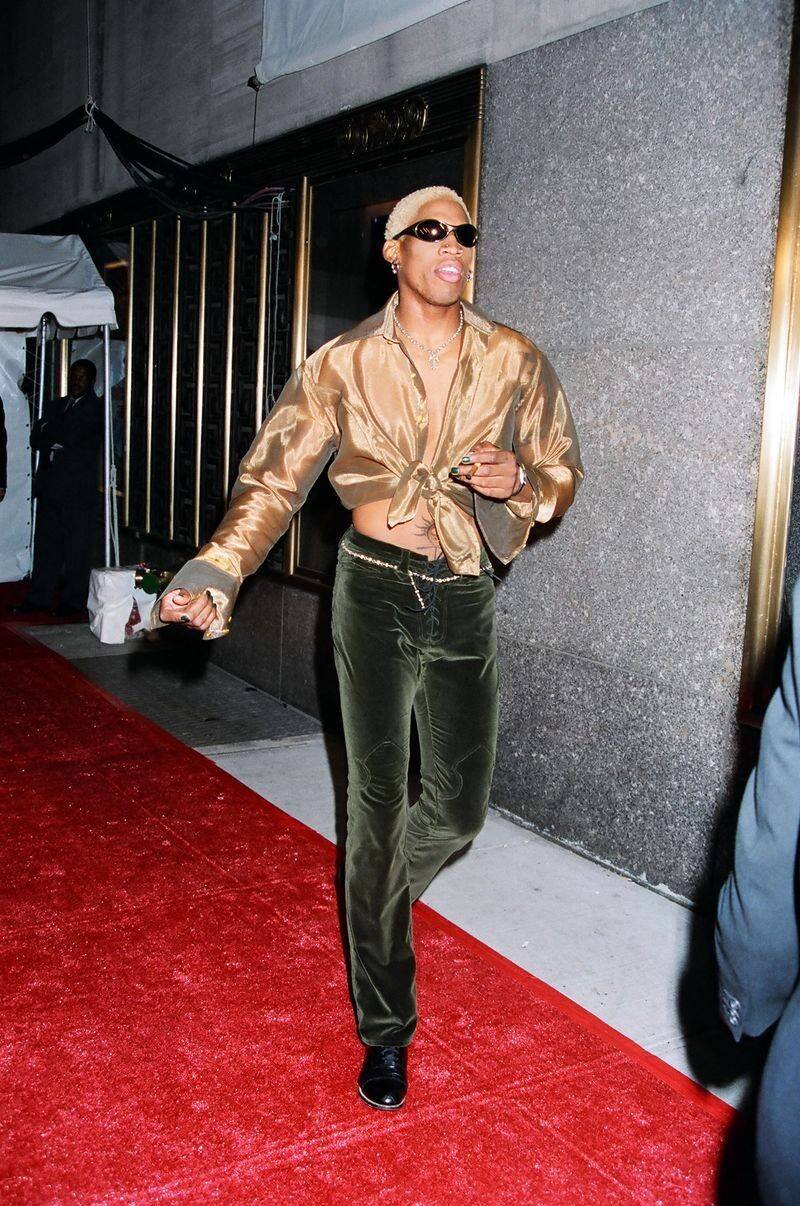
The ’90s may have been one of the loudest and most vibrant eras of NBA fashion as this was the period wherein style was truly used as a means for self-expression. Players were trying to use their outfits to show off their identity — Dennis Rodman’s showstopping outfits were arguably some of the best examples of this.
But one trend stood out. In the ’90s, the NBA started to become one of the biggest stages for hip-hop fashion culture to emerge. Tracksuits, baggy jeans, oversized shirts, big chains, hats — these were highlights of the style trends at the time and would bleed into the early 2000s. Allen Iverson exemplified this kind of style, and his outfits were later challenged by the 2005 dress code that required players to wear ‘business casual attires’ to NBA games.
It was also in the ’90s when the habits of fashion brands started to change with respect to NBA players. For instance, this was also when Michael Jordan challenged the NBA’s rule that required players to only wear shoes that matched their uniforms, as well as the ‘51% rule’ that required shoes to be 51% white. Jordan was fine to go against this rule with the help of Nike, sporting his own line, the Air Jordans, and as a result, his colorful shoes became one of the most iconic shoes in the game.
The 2010s and beyond
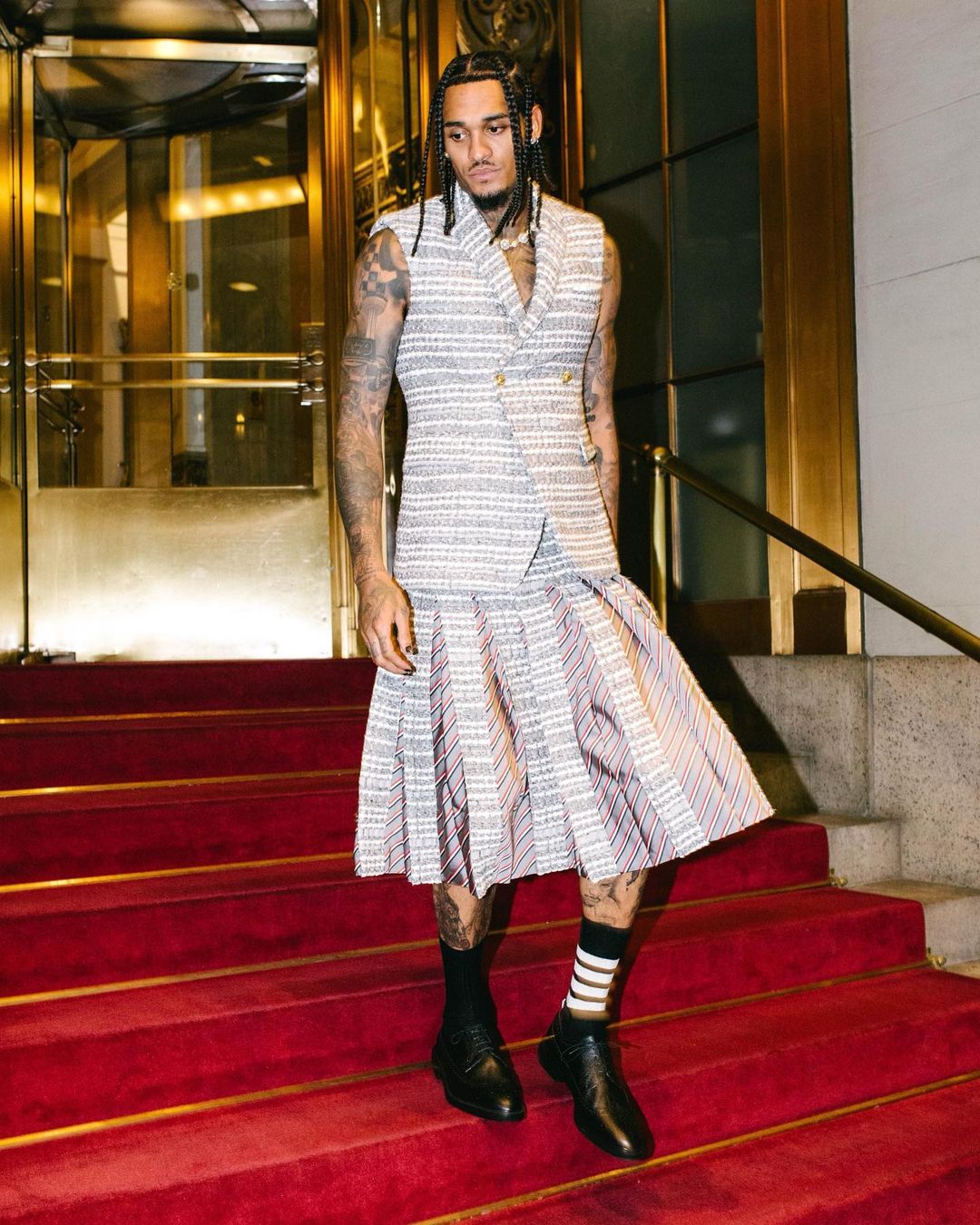
Since the 2010s, along with the rise of social media, the NBA has become almost synonymous with fashion. Thanks to the players who challenged boundaries and rules in the decades before, athletes now have way more freedom to express themselves through what they wear. Skirts, designer clothes, vibrant colored outfits, monochromatic looks, the famous ‘Big Red Boots’, suits with shorts — style is a player’s playground.
Since the 2010s, the number of players who have signed brand deals with fashion brands has also increased. As a result, many players not only show up to games showing off their designer clothes and accessories, but they also sit front row at many different fashion shows alongside other figures in the fashion industry.
With all this, the action starts before the first buzzer. Photographers crowd the stadium tunnels and entrances, fighting to get photos of what the players are wearing before every game. And if you pay attention, you may even notice that trends are almost nonexistent — every player has their own unique style that exists outside of whatever is booming in the fashion industry, showing that it has, indeed, become an entirely new side of their identity.
Banner images from Wikimedia Commons and Jayson Tatum, Shai Gilgeous-Alexander, NBA All-Star, and NBA on TNT on Instagram.
Related Stories:
Which NBA Teams Have The Biggest Fanbases In The Philippines?
World-Class Kicks: What Shoes Are the Team USA Men Wearing at the FIBA World Cup?
Erik Spoelstra: The NBA Legend Who Looks Like Me
